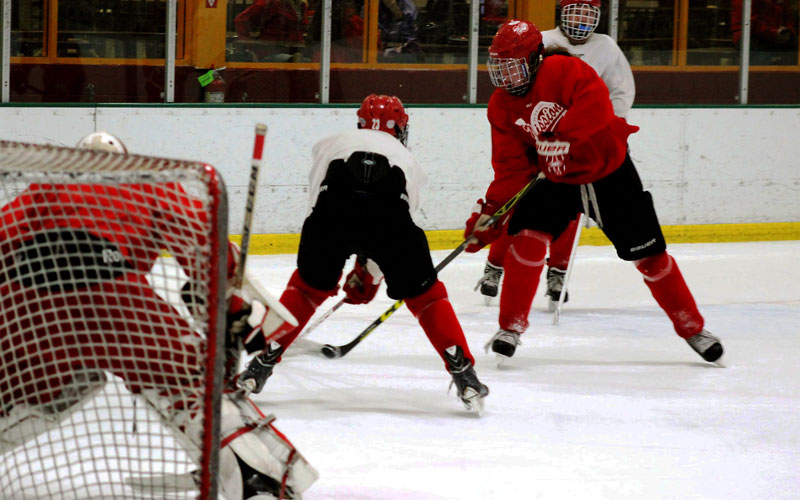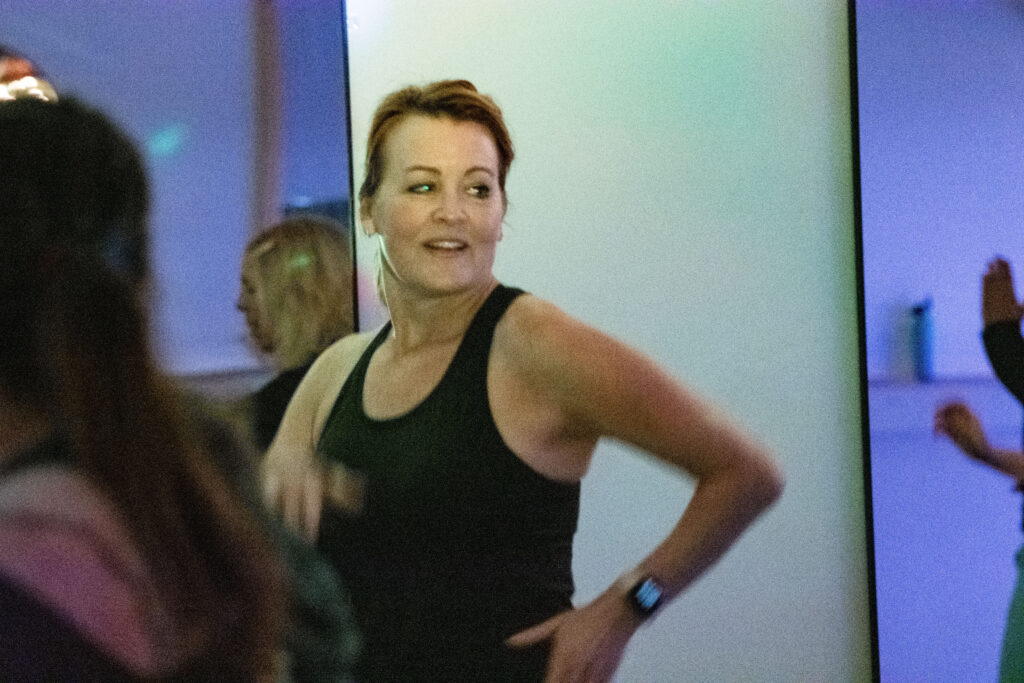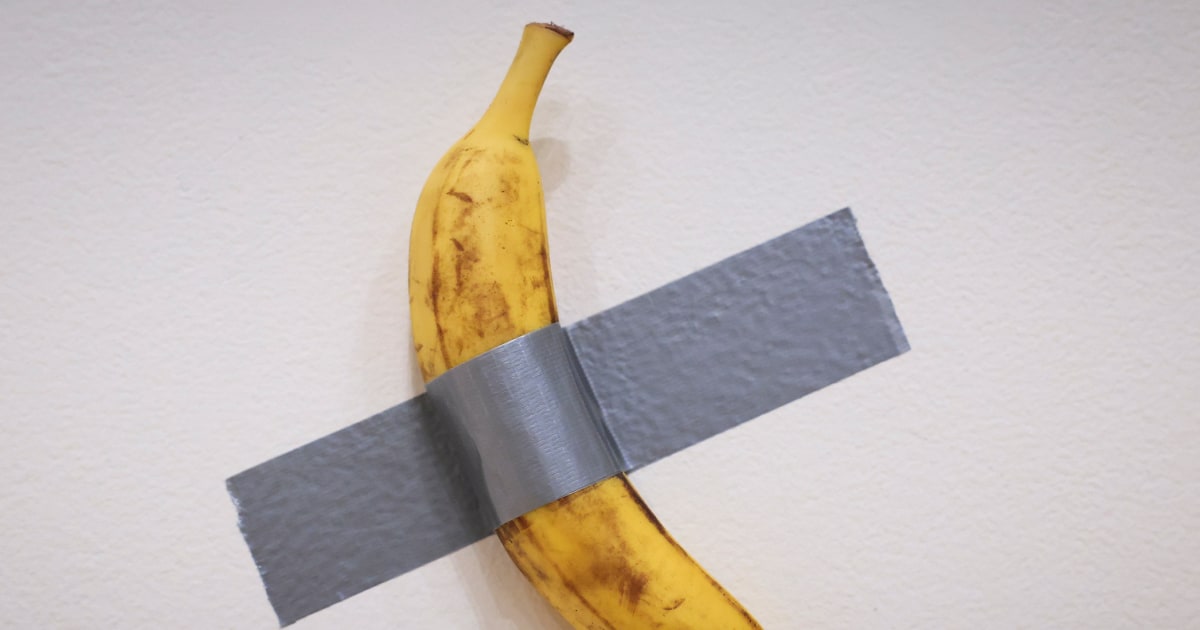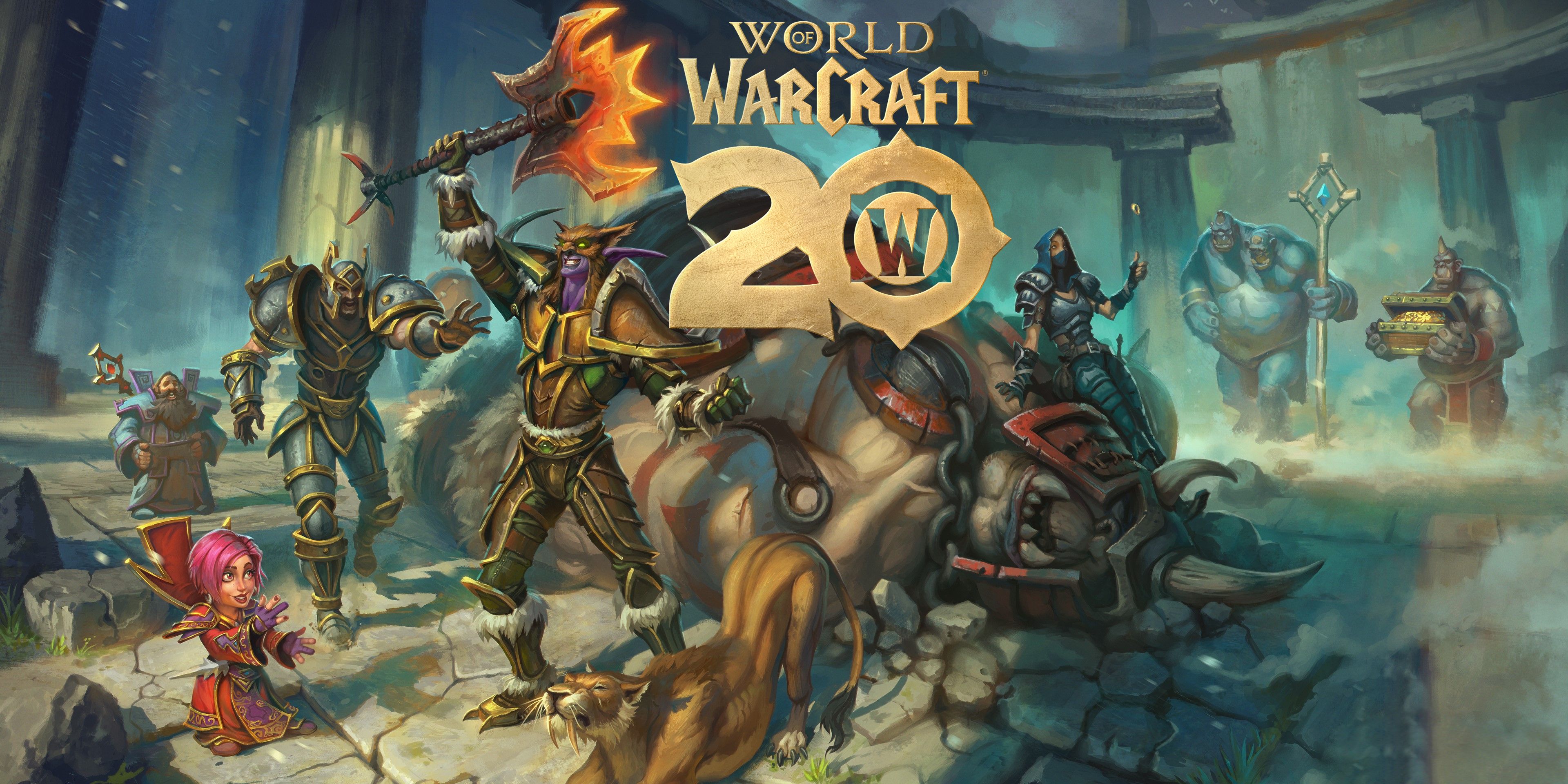Sports
Coaches fight back against Arizona’s poor numbers in youth sports participation
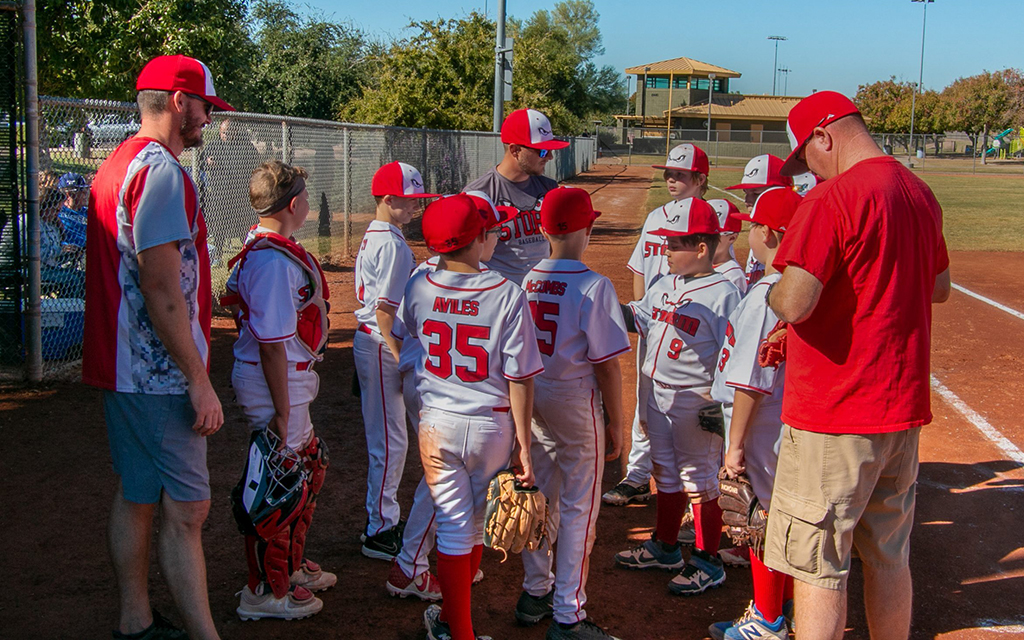
Having coaches teach social and emotional learning skills early is important. Lessons like teamwork and good sportsmanship will be valuable later in life, experts say. (File photo by Christian Quezada/Special for Cronkite News)
PHOENIX – Studies that spotlight Arizona as one of the worst states for youth sports participation have prompted a counterattack by community coaches and leaders who want to change the narrative.
A 2023 study from the Aspen Institute’s Project Play has Arizona ranked second to last (42.6%) in the country for percentage of youth ages 6-17 who played on a team or took lessons. Nationally, Hispanic youth participating in sports dropped a whopping 7.9% from 2017-22, according to the Department of Health and Human Services, a statistic that could be impacting Arizona’s overall number since it ranks sixth in the nation in Hispanic population.
“Seeing the decline in youth sports overall is unfortunate, because I know how important it is to just move the body in general,” said Dallas Braden, a former Oakland Athletics pitcher who was born in Phoenix and played youth sports. “You just create a baseline for physical fitness … it’s directly connected to mental health. Physical and mental health go hand-in-hand. We’re really impacting some potential growth phases and growth periods that are massively important.”
One of the benefits of youth sports is that they allow young people to make connections. While physical activity is important for youth development, it is the social impact that experts say stands out.
COVID-19 had an adverse effect on the world. Domestically, the country-wide shutdown and extended scholastic absence in the 2020 school year affected youth dramatically. In Arizona, the shutdown lasted until May 15, when then-Governor Doug Ducey ended a statewide lockdown.
The advancement of video games and cellular devices have also contributed to the decline in participation of youth sports. With more young people remaining at home, obesity and feelings of isolation increased. Research shows that participation in youth sports remains as important as ever. The American Heart Association recommends kids and teens ages 6-17 get at least 60 minutes of moderate to vigorous physical activity every day.
Youth sports involvement is especially valuable for teenagers. Fifty percent of all lifetime mental illness begins by 14, according to the World Health Organization. Playing a sport and consistently participating in physical activity is believed to help promote positive emotions and thoughts, which can lead to positive effects on mental health.
Leaders in the Valley sports community are confident their programs are growing strong again.
Seeing growth
Kristy Aguirre, the president of the Jr. Coyotes youth ice hockey program, said despite what may be happening in other sports, hockey is thriving in the state.
“We are basically ‘ice-locked,’ meaning we don’t have any room to expand our program,” she said.
The Jr. Coyotes have 18 competitive travel teams and 32 house-level teams, all at maximum capacity.
“We are extremely fortunate to have the structure that we have within our program and the facility we call home,” Aguirre said.
Hockey in Arizona indeed seems to be bucking the national trend. That state’s participation in youth hockey grew 5% from 2021-22 to 2022-23, according to a USA Hockey report, tied for seventh-best in the country.
Flag football is also growing in popularity in the state. With a push from local leaders and coaches, the Arizona Interscholastic Association decided to make it an official varsity sport starting with the 2023-24 school year.
Jesus Arzaga, who coaches the Mountain View Toros flag football and baseball varsity teams, runs his own programs for youth sports. After successfully running a baseball program for the last seven years, he wanted to try his hand at something new: his own flag football camps.
He is seeing firsthand that one of the biggest benefits of sport is learning to control and direct emotions.
“When you get your kid into a competitive atmosphere, it just changes them internally and they just act a little bit different,” Arzaga said.
The Phoenix Dragons, one of the leading youth tackle football organizations in Arizona, are also seeing growth. Starting in 2016 with just one team consisting of about 13 kids, all of whom were 7 or younger, the organization has multiplied in size and offer 8-under, 10-under, 12-under and 14-under tackle teams.
Rewarding experience
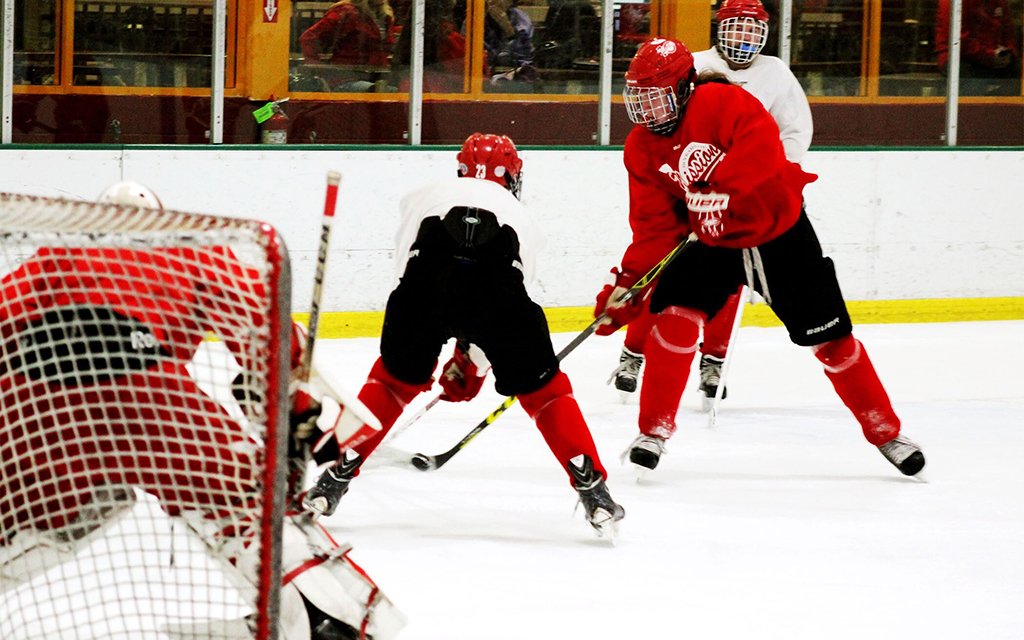
Despite declining national numbers for youth sports participation, youth hockey enrollment is high in Arizona. (File photo by Cori Crenshaw/Cronkite News)
While searching the Phoenix area for a tackle football program for her younger son, Kristin Dixon was unsuccessful. Seeing an opportunity, Dixon and her husband started their own tackle football program: the Dragons. A teacher in her everyday life, Dixon has witnessed the many benefits.
“We get kids from all kinds of backgrounds, being in the Central Phoenix area,” Dixon said. “This became a lot bigger than football to me a long time ago. It’s a lot of work and it’s a lot of time and commitment. But every time I think we should stop doing it, some story, some kid I see gain so much from this makes me feel like we have to keep doing this. We (have) to keep giving kids this opportunity.”
As they begin the 2024 spring season, their eighth year, they have four teams and have had five different age groups over the last three years.
In 2021, it was the first time we did our spring season,” Dixon said. “That was when we started partnering with Camelback High School. I think really since (2020) our numbers have just grown.”
The Dragons’ partnership has proved invaluable. Over 40 Dragons alumni have gone on to play for the Camelback High School Spartans, some even becoming multi-year starters for the varsity team.
The importance of youth sports extends far beyond Arizona. Those communities who lack opportunities are missing out, Braden said.
“I think it’s probably just trying to do everything you can to make sure you have a strong community sports program that’s available for everybody,” he said.
“That means you have to figure out a way to corral volunteers … if you can emphasize and focus on some of those things and get over some of the shortcomings that come along with that, I think you give yourself a really good chance to combat when youth finds something else to do.”

